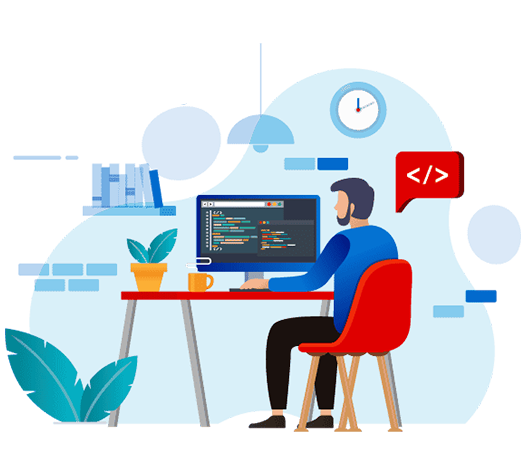Python
Python is a programming language that is interpreted, high-level, and designed for general-purpose use. It was created by Guido van Rossum and was initially released in 1991. Python is known for its design philosophy, which places a strong emphasis on code readability. This is achieved through its distinctive use of significant whitespace, making the structure of the code visually clear and promoting a clean and readable coding style. The language has gained widespread popularity for its simplicity, versatility, and ease of learning, making it a go-to choice for a wide range of applications, from web development and data analysis to artificial intelligence and scientific computing.

By the end of this course, participants will have the knowledge and skills to understand and implement the following:
- Introduction to Python
- Intermediate Python
- Introduction to Databases in Python
- Interactive Data Visualization with Bokeh
- Python Data Science Toolbox (Part 2)
- Python Data Science Toolbox (Part 1)
- Introduction to Importing Data in Python
- pandas Foundations
- Manipulating DataFrames with pandas
- Merging DataFrames with pandas
- Introduction to Network Analysis in Python

- Invoking the Interpreter
- The Interpreter and Its Environment
- Using Python as a Calculator
- First Steps Towards Programming
- Statements
- Statements
- The range() Function
- Statements, and else Clauses on Loops
- Statements
- Defining Functions
- More on Defining Functions
- Intermezzo: Coding Style
- More on Lists
- The del statement
- Tuples and Sequences
- Sets
- Dictionaries
- Looping Techniques
- More on Conditions
- Comparing Sequences and Other Types
- More on Modules
- Standard Modules
- The dir() Function
- Packages
- Fancier Output Formatting
- Reading and Writing Files
- Syntax Errors
- Exceptions
- Handling Exceptions
- Raising Exceptions
- User-defined Exceptions
- Defining Clean-up Actions
- Predefined Clean-up Actions
- A Word About Names and Objects
- Python Scopes and Namespaces
- A First Look at Classes
- Random Remarks
- Inheritance
- Private Variables
- Odds and Ends
- Iterators
- Generators
- Generator Expressions
- Operating System Interface
- File Wildcards
- Command Line Arguments
- Error Output Redirection and Program Termination
- String Pattern Matching
- Mathematics
- Internet Access
- Dates and Times
- Data Compression
- Performance Measurement
- Quality Control
- Batteries Included
- Output Formatting
- Templating
- Working with Binary Data Record Layouts
- Logging
- Weak References
- Tools for Working with Lists
- Decimal Floating Point Arithmetic
- Virtual Environments and Packages
- Creating Virtual Environments
- Managing Packages with pip
- Tab Completion and History Editing
- Alternatives to the Interactive Interpreter
- Representation Error
- Interactive Mode
